Astronomy Photographer of the Year Winners Showcase Extraordinary Eclipses and Gorgeous Galaxies
![]()
The Royal Observatory Greenwich, in partnership with BBC Sky at Night Magazine, announced the beautiful winners of its 16th annual Astronomy Photographer of the Year competition. The images show some of the most incredible cosmic objects and events in the Universe.
Astronomy Photographer of the Year
Ryan Imperio earned the title “Astronomy Photographer of the Year” and a £10,000 prize for his stunning image, Distorted Shadows of the Moon’s Surface Created by an Annular Eclipse. The photo shows the progression of Baily’s beads during the 2023 annular eclipse.
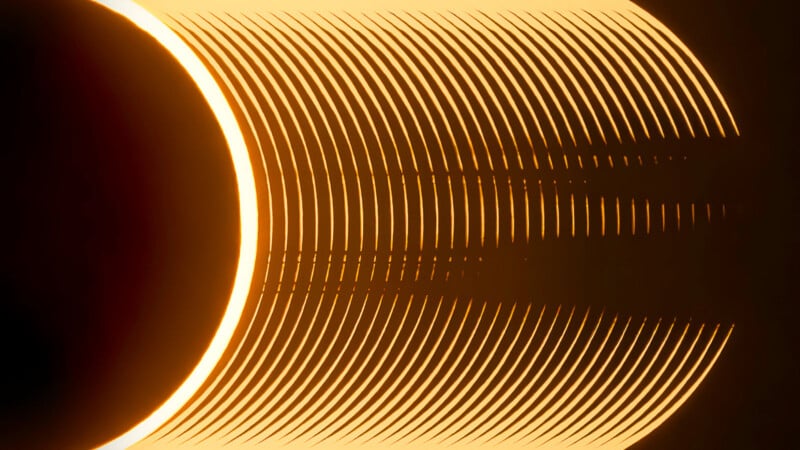
“Baily’s beads are formed when sunlight shines through the valleys and craters of the Moon’s surface,” the Royal Observatory explains, “and are only visible when the Moon either enters or exits an eclipse.” Given the very short-term nature of Baily’s beads, it takes a prepared, expert photographer to capture them in a single frame, let alone Imperio’s progressive composite image.
“The images selected each year are absolutely astonishing and I am both thrilled and honored to have my photo among them,” Imperio says. “I had hoped my image would be shared in some way but never expected to be selected as a winner, let alone Overall Winner!”
“This is an impressive dissection of the fleeting few seconds during the visibility of the Baily’s beads. This image left me captivated and amazed. It’s exceptional work deserving of high recognition,” adds competition judge, meteorologist Kerry-Ann Lecky Hepburn.
Young Astronomy Photographer of the Year
Daniele Borsari won the Young Astronomy Photographer of the Year award and £1,500 for the image, NGC 1499, a Dusty California.
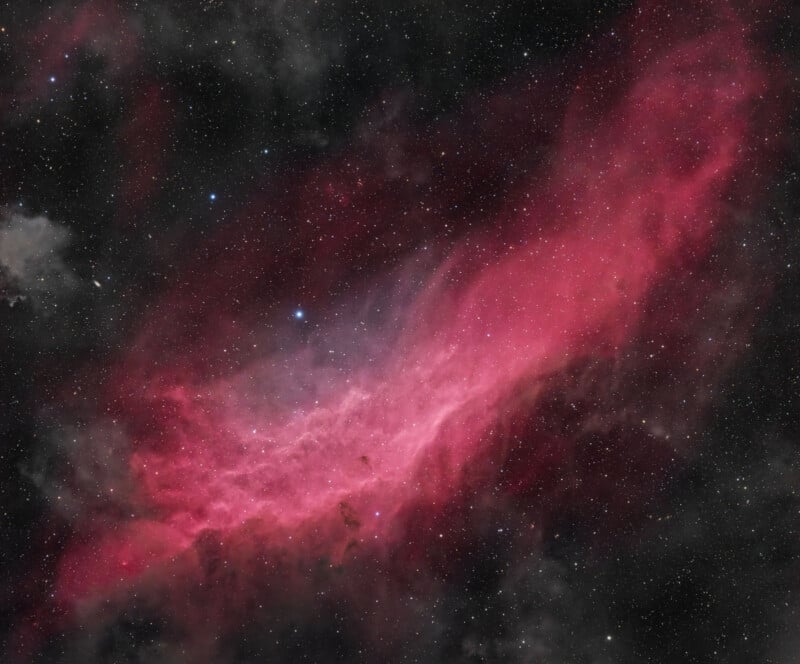
Judge and artist Neal White comments that Borsari’s image “demonstrated the future of astronomy photography being fearlessly, and openly, taken forward by a new generation.”
Additional Winning Images
Beyond the two title-winning photos, the esteemed judges selected runner-up and highly commended photos. Peter Ward took second place for his image, Coronal Chronograph, which shows the solar corona at solar maximum and solar minimum. Given the years-long solar cycle, Ward took the images to create this composite six years apart.
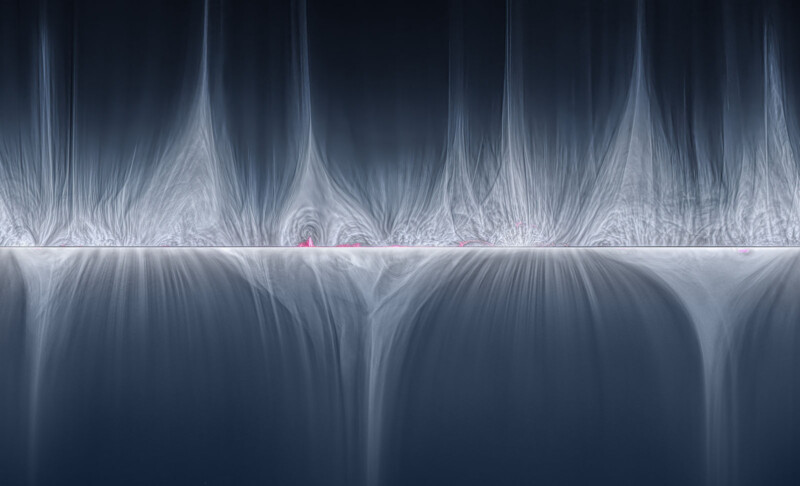
Andras Papp’s Blue turns to Red, our Sun Rotates earned commendation. The image shows the movements of the solar surface as shot through a 3D-printed slit spectrograph connected to a telescope. The setup can show when the mass of the solar surface is about to eject material toward Earth (blue-shifted) or away from it (red-shifted).
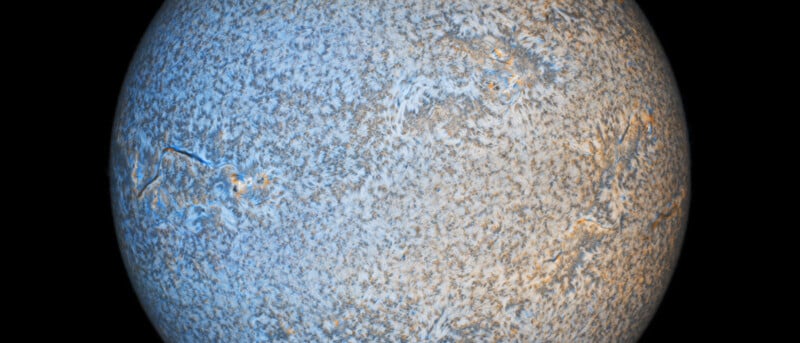
“Once again, I’ve had the great privilege of being on the judging panel for Astronomy Photographer of the Year — an abundance of astonishing works flood to us, and it is a joy to see what the world’s best astrophotographers are producing,” says Dr. Ed Bloomer, astronomer at Royal Observatory Greenwich. “It really is true that choosing the winners is a long process, and heavily debated amongst the panel.”
“This year, I’ve personally enjoyed what I think is a very strong showing for the Aurorae category. The Young entrants are mightily impressive as well, and the Annie Maunder Prize for Image Innovation is surprising, beautiful and intriguing. But there are wonders spread across every category. Try and see as much as you can at the exhibition, you’ll be swept away by what has been created,” Bloomer adds.
Category Winners
Speaking of the Aurorae category, it is one of seven categories in the Astronomy Photographer of the Year competition. Each category winner receives £1,500 and is featured below. The winners of the contest’s two special awards, the Sir Patrick Moore Prize for Best Newcomer and the Annie Maunder Prize for Image Innovation, each receive £750 and are also showcased below.

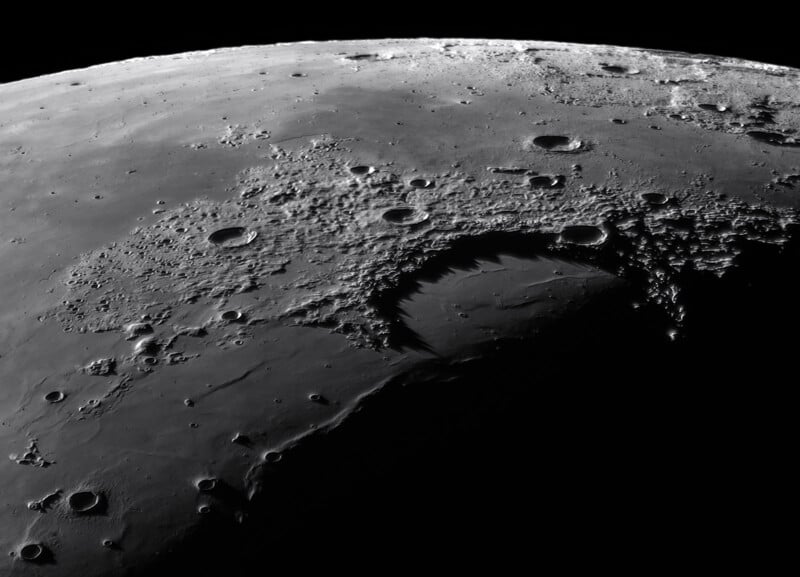


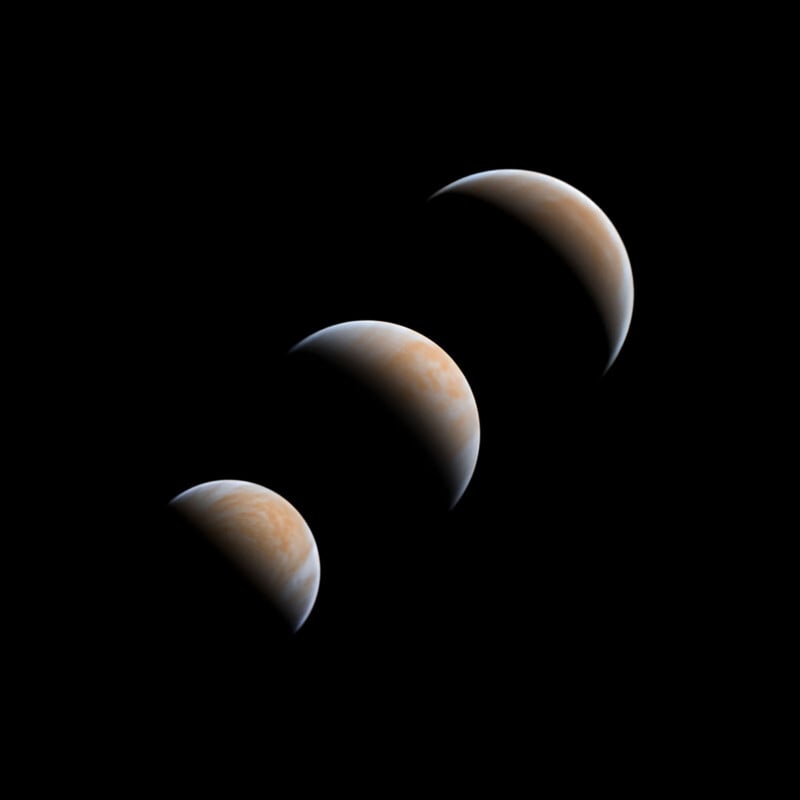
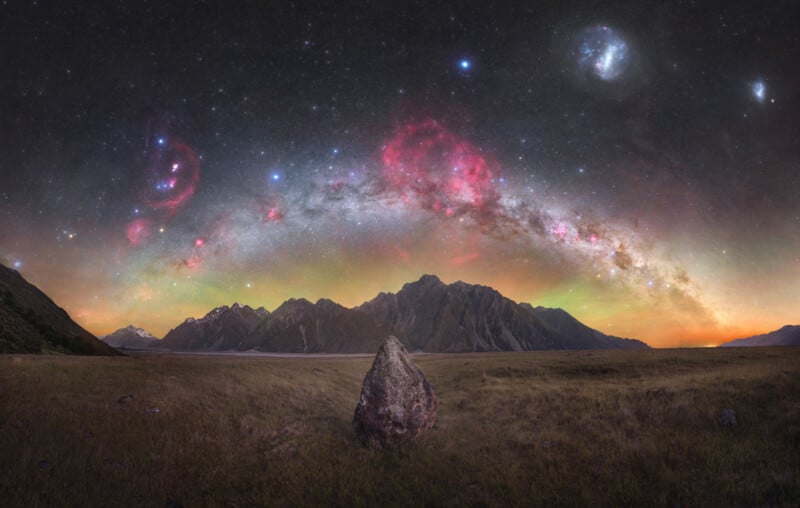
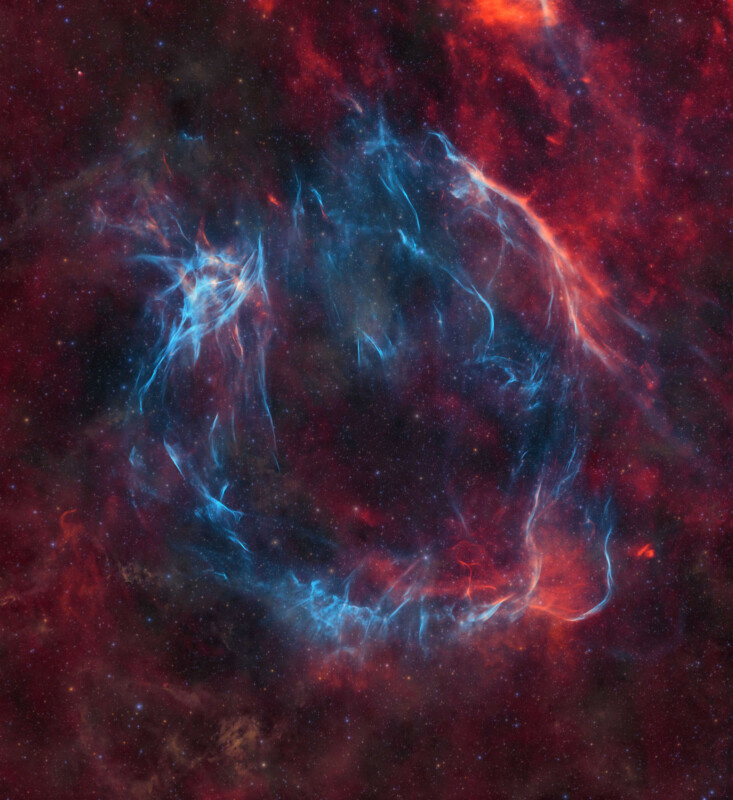
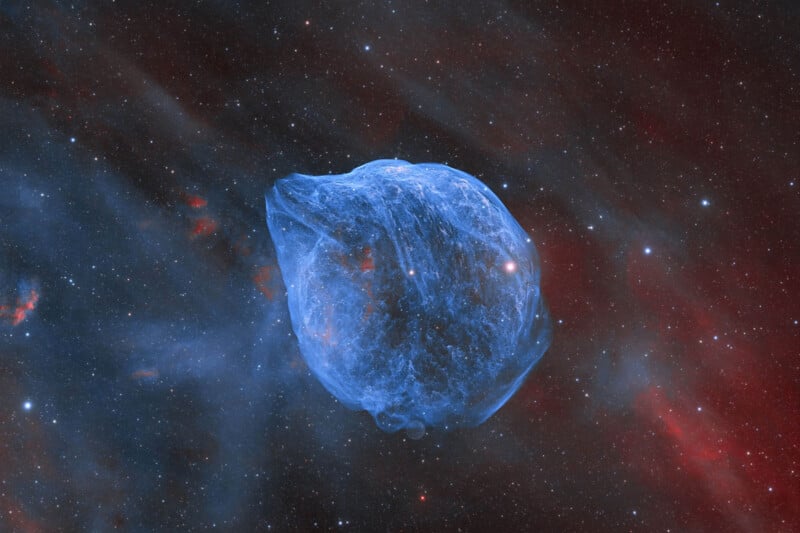
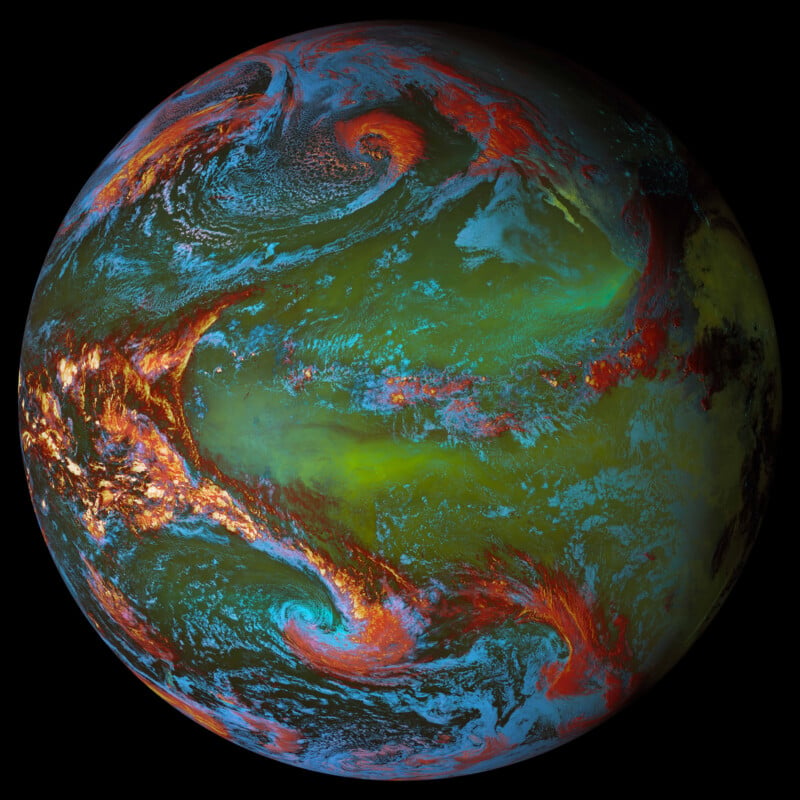
More from the Astronomy Photographer of the Year Competition
“It was a privilege to judge the Astronomy Photographer of the Year competition. The range and skill of images, some seemingly impossible to photograph, is astounding,” says Victoria Lane, senior curator of art and identity at Royal Museums Greenwich. “I was particularly impressed by the creativity and innovative approaches of the entries to our Annie Maunder Prize for Image Innovation, which emphasizes the art rather than the science of space.”
All the winners will be featured in an exhibition at the National Maritime Museum in London. The show starts on September 13, and admission is free. The winning images will also be included in a book, Astronomy Photographer of the Year, Collection 13, available for £30.
In addition to the winning photographs featured above, the competition also names runner-up and highly commended images for each category. These additional photos, which are also stunning, are available for viewing on the Astronomy Photographer of the Year website and in the exhibition.
Image credits: Royal Observatory Greenwich’s Astronomy Photographer of the Year 16 (2024). All photographers are credited in the individual photo captions.